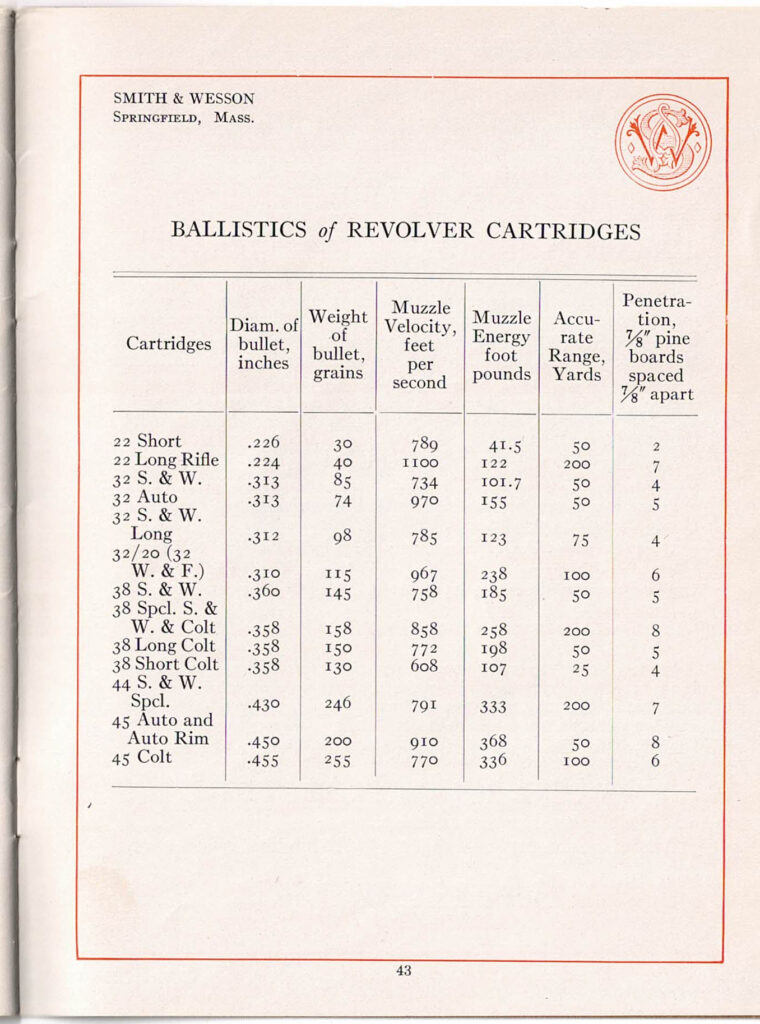I didn’t manage to get everything done that I wanted to get done during my extended vacation from work. In particular, gun crankery and gun books kind of went by the wayside, for reasons of time and weather.
The gun crankery is still coming. And a thought occurred to me the other day: I can actually do some quick gun book crankery, because I have three new gun books in the stack and can just point folks to those books online. Don’t need to pull out the bibliographies or take pictures. Yes, it is lazy, and yes, there will be less lazy gun book crankery coming. Consider this a stopgap.
More seriously, I do think these new books are worth writing about and promoting to my readers.
In order to avoid disappointing my gun book buddies, I’m going to put the gun books up front. After those, I’m going to talk about one new gun-related item, and one new non-gun related item, so anyone who wants can skip over the non-book parts (or can skip to the non-book parts).






